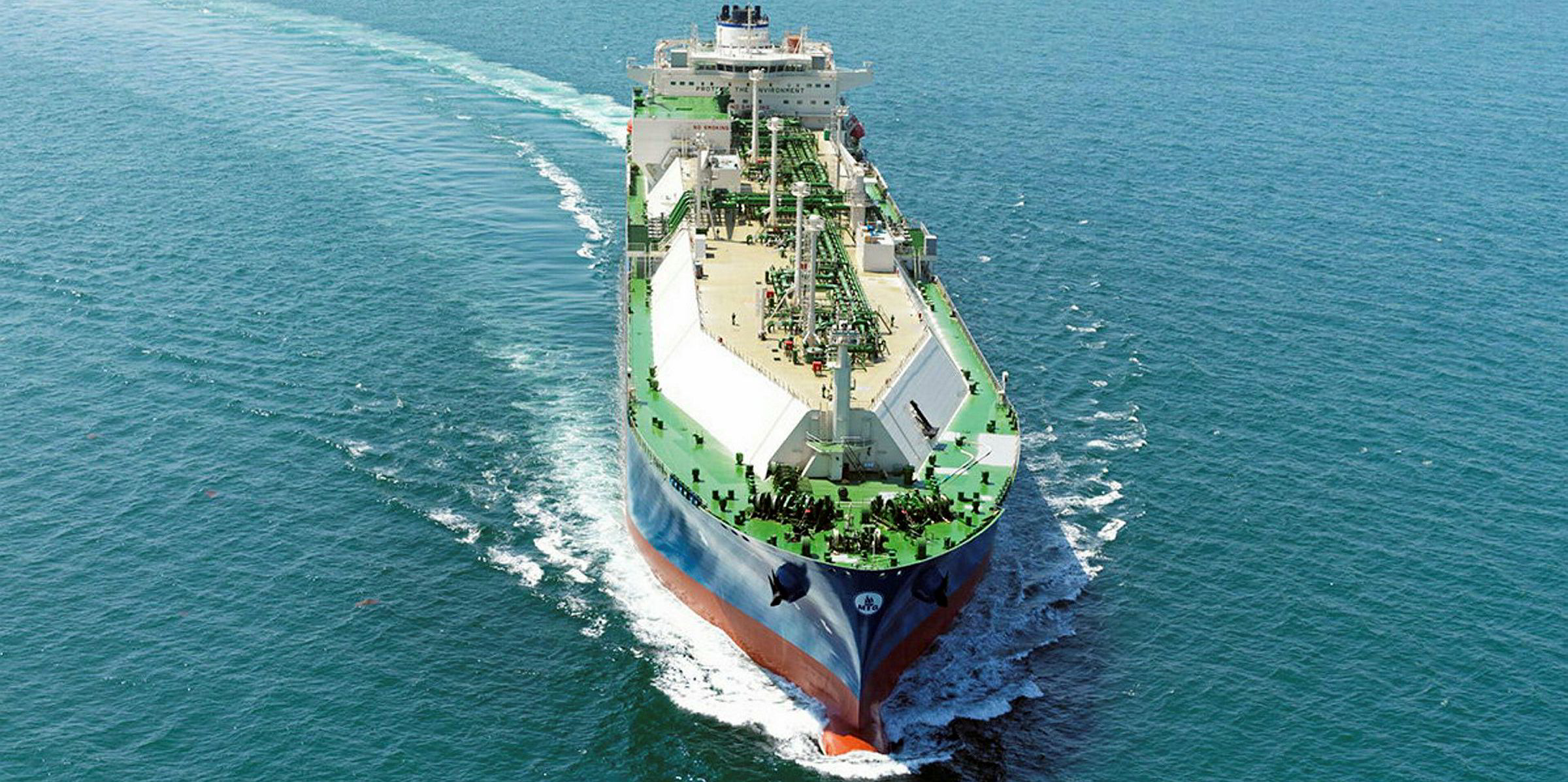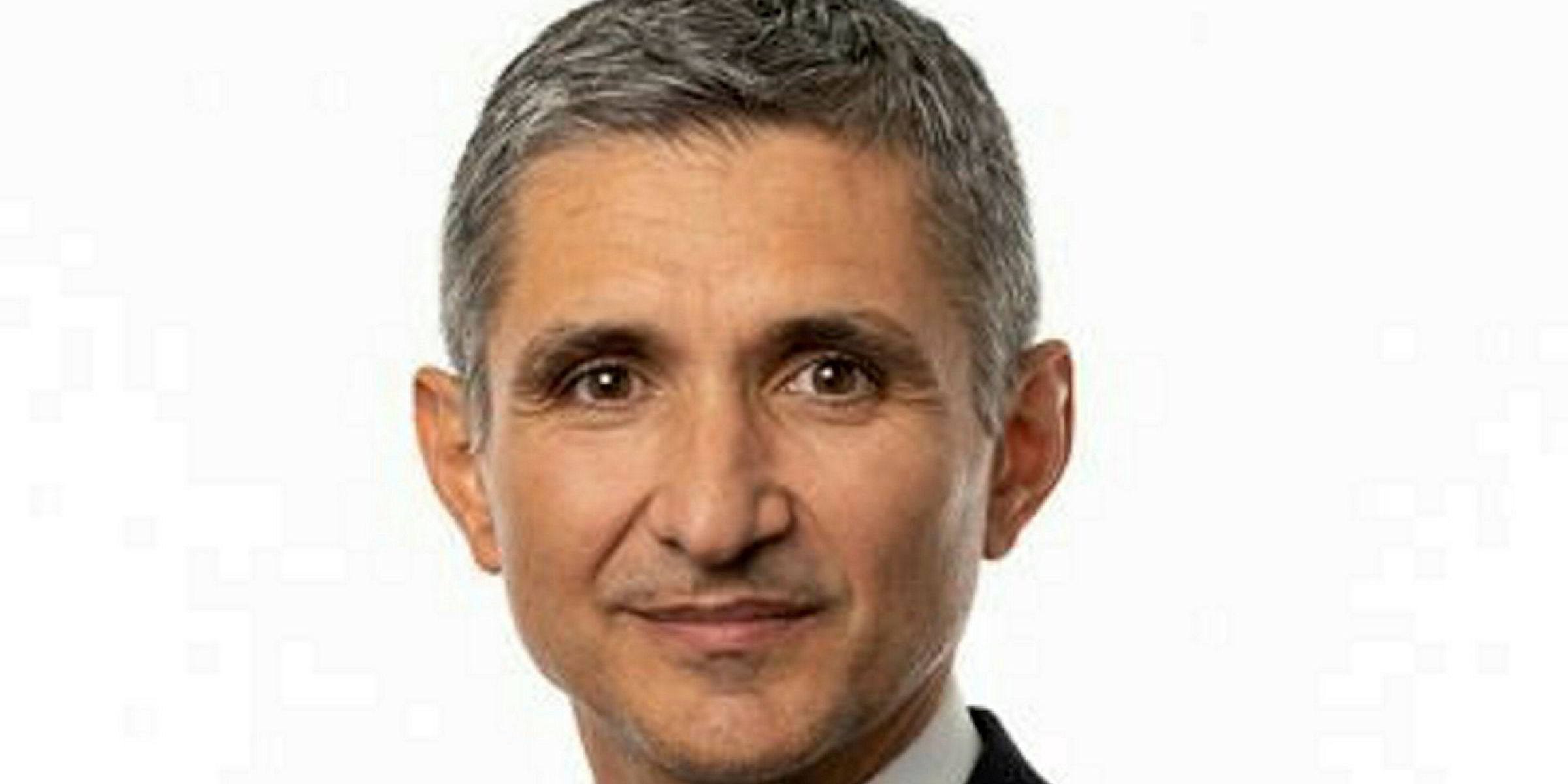The LNG shipping market may face worse earnings prospects in 2021 and 2022 due to a heavy newbuilding delivery schedule and incremental fuel costs as a result of the IMO’s new sulphur cap, according to some leading players.
While the sector has been a star performer in recent years due to double-digit growth in tonne-mile demand, Teekay Gas chief executive Mark Kremlin warned that many ships ordered on a speculative basis are set to enter trading in the coming years.
“I actually believe [the supply side] is the bigger issue for this industry over the next few years,” Kremlin said in the Nordea Bank’s annual shipping seminar.
“There's a fair amount of ships that are still uncommitted. And I think those need to be sorted through 2021 and 2022 at least.”
Data from Clarksons shows 127 LNG carriers with a total capacity of 19m cbm are due for delivery between 2020 and 2022.
In the same timespan, 12 liquefaction projects with export capacity totaling nearly 47m tonnes of LNG per year are expected to come online, requiring 69 vessels.
“We're going to try to find term charters, but the term charters won’t pay very well,” said Kremlin, referring to his view on the general market situation.
According to Flex LNG CEO Oystein Kalleklev, charterers will discriminate against less energy-efficient tonnage when the supply-demand balance worsens, with forecast higher fuel costs due to IMO 2020.
This has already been observed in the recent market development.
Based on Deutsche Bank’s assessments, spot charter rates for 174,000-cbn MEGI vessels were $126,500 per day and 160,000-cbn TFDE units were $104,000 per day earlier this week.
In contrary, rates for older, steam-turbine carriers were $75,000 per day.
“We're oversupplied with a lot of old, inefficient ships,” said Kalleklev. “All of these ships will have a hard time getting employment.”
He pointed out 68 of the 520 LNG carriers in operation were built before 2000. Of them, 30 to 35 ships aged 30 years or more.
Also, Kalleklev estimated there are 200 steam-turbine carriers on the water.
“When you're operating [them], you're losing 65% of the [fuel] energy as heat loss, because those engines are not very efficient.”





